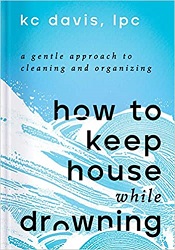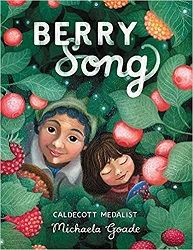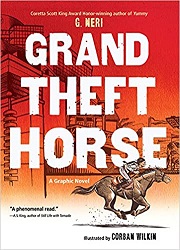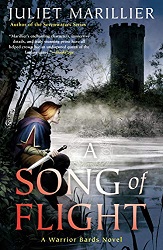Review of Garlic & the Vampire, by Bree Paulsen
by Bree Paulsen
Quill Tree Books (HarperCollins), 2021. 154 pages.
Review written January 9, 2022, from a library book
Starred Review
Garlic and the Vampire is a fun graphic novel suitable for early elementary school kids. The book opens with bulb of garlic with a body oversleeping and being teased by her friend Carrot when she’s late. They’re part of a whole group of sentient vegetables made by kindly Witch Agnes. Garlic and her friends help Agnes tend her garden and sell the produce in the village market. They happily interact with the people in the village.
Garlic has some anxiety about doing her job well. Witch Agnes tries to reassure her and encourage her that she’s doing fine.
But then somebody moves into the castle overlooking the valley. Agnes’s magic mirror shows them that a vampire has returned. The vegetables go into a panic. What about the people in the village?
But everybody knows that vampires are afraid of garlic, so they decide that Garlic should confront the vampire.
Witch Agnes gives her tools to help her, but it takes all Garlic’s courage to do the job.
And things turn out like no one expects – in a fun and child-friendly way.
A delightful, quirky, and very sweet story about a little bulb of garlic being brave.
Find this review on Sonderbooks at: www.sonderbooks.com/Childrens_Fiction/garlic_and_the_vampire.html
Disclosure: I am an Amazon Affiliate, and will earn a small percentage if you order a book on Amazon after clicking through from my site.
Disclaimer: I am a professional librarian, but the views expressed are solely my own, and in no way represent the official views of my employer or of any committee or group of which I am part.
What did you think of this book?




















